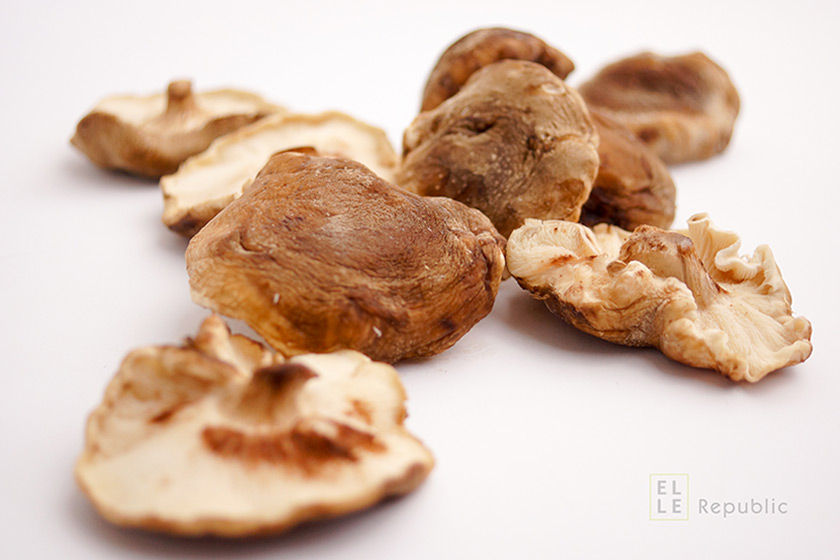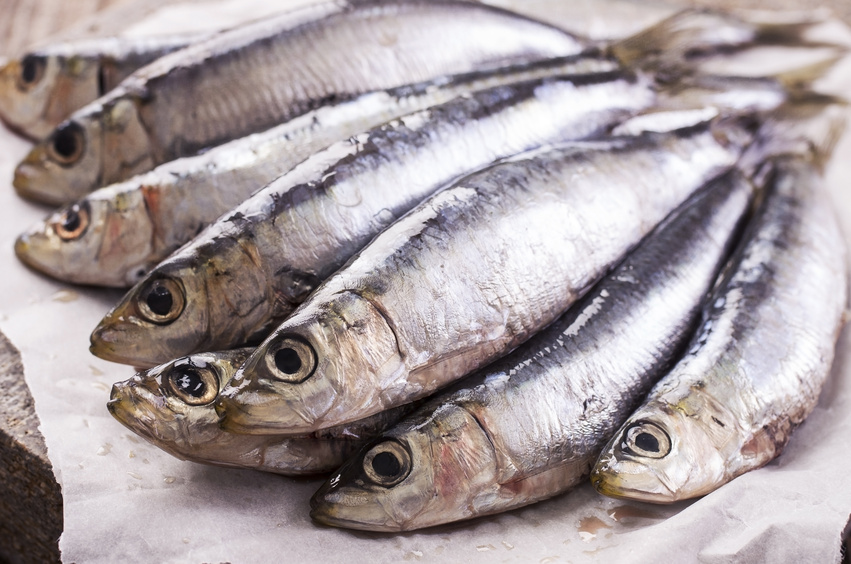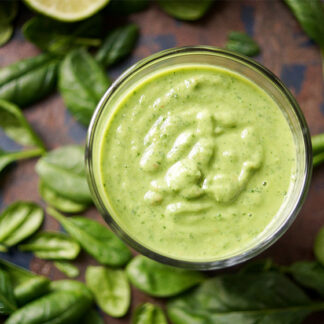
Have you ever eaten something totally delicious but have a hard time describing what or why exactly it tastes so good? You may just have had an umami moment.
What is umami and why is everyone talking about it?
A new taste sensation?
The fifth taste element?
Iused to think it was because various sensations of sweetness, saltiness, sourness, and even bitterness were coming together in perfect harmony and balance. But some time ago I learned that it might not be because of these four tastes at all, but rather because of another sensation: the fifth element known as umami. First identified by a Japanese scientist a century ago, umami has long been an obscure culinary concept. Hard to describe, it is usually defined as a pleasant, savory, satisfying taste.
Where Did Umami Come From?
Of course it has always been there and people have always tasted it. But because it’s so enigmatic, it was hard to recognize and describe. Until of course, a food loving scientist named Kikunae Ikeda decided to investigate – from a molecular level. In the process, he discovered L-glutamate – the exact thing that is responsible for the mmm-inducing flavor of umami. The term “umami” itself can be credited to Ikeda. But more about that later…
Long an obscure culinary concept, it is more and more understood as playing an important role in making food taste delicious. Like I mentioned, Ikeda discovered that foods with the umami taste have a high level of glutamate, and guess what? He’s also the same person who developed and patented the method for making monosodium glutamate (MSG), a processed additive that adds umami taste to food. Headache inducing stuff that is. Something not all of us react well too, so as with other chemical “flavor enhancers”, best avoided. Thankfully, there are a number of natural foods that have the umami effect.
So let’s take a look at in another way. Any food in which glutamic acid occurs naturally or as a result of cooking, aging, or fermentation is considered umami. So what is their power? Well, what happens when we eat these foods is that the glutamates bind to specific tongue receptors – resulting in a blast of umami magic.
Think aged cheese, like parmesan. Or steak. Or seafood. Think tomatoes, carrots and potatoes. Think almost anything that is characterized as being prominent in Japanese cooking (shiitake mushrooms, seaweed, dried fish, mirin, miso, soy sauce, rice vinegar…the list goes on). They all carry the signature of umami that amplifies the flavor of anything you pair them with — that indescribable umami quality that keeps us wanting more.
Far from comprehensive, here are some natural sources for umami-inducing deliciousness:
| Seafood | Meat | Vegetables | Others |
| Seaweed (Nori) | Beef | Tomatoes | Parmesan cheese |
| Dried bonito flakes | Pork (especially cured pork products) | Shiitake mushrooms | Green tea |
| Anchovies | Chicken | Enokitake mushrooms | Soy sauce |
| Small dried sardines | Chicken bones | Truffles | Oyster Sauce |
| Fresh sardines | Soy beans | Fish sauce | |
| Bonito | Potatoes | ||
| Mackerel | Sweet potatoes | ||
| Sea bream | Chinese cabbage | ||
| Tuna | Carrots | ||
| Cod | Peas | ||
| Prawns | Corn | ||
| Squid | |||
| Oysters | |||
| Shellfish |
Click here for an overview of some other foods that are also taste bombs.






